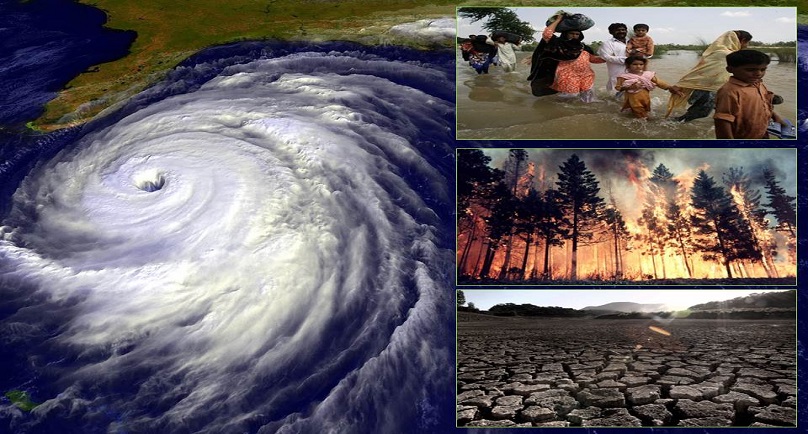Climate change, climate variability and weather events are a threat to achieving Sustainable Development Goals – the overall target of eliminating poverty.
In a report released by the United Nations Office for Disaster Risk Reduction (UNISDR), the economic loss due to weather related disasters account for about US $250,000 – US $300,000 billion annually and it is a major challenge for developing countries who are battling climate change and poverty.
“We need to reduce greenhouse gas emissions and tackle other risk drivers such as unplanned urban development, environmental degradation and gaps in early warnings. This all requires ensuring people are risk informed and strengthening institutions which manage disaster risk,” commented Professor Debarati Guha-Sapir, the head of Centre for Research on the Epidemiology of Disasters (CRED).
According to the UNISDR report – the Human Cost of Weather Related Disasters, on average about 335 weather related disasters were recorded each year between 2005 and 2014 – that is an increase of 14% from 1995-2004.
Also, it was noted that from 1995 – 2005, floods accounted for 47% of weather related disasters affecting 2.3 billion people and killing 157, 000 while storms were the deadliest causing a death toll of 242, 000.
Apart from affecting the climate, disasters instigated by global warming, also has a big effect on the developing countries; the Germanwatch Climate Risk Index which lists countries according to the severity of weather risks, shows that the first top 10 countries are all developing nations.
Although disasters can be very costly for both the developed and the developing nations, the effects are usually grater on the later.
For instance, the 2011 East Japan earthquake costed about $200 billion – equivalent to 3% of Japan’s GDP; in contrast, the 2010 earthquake in Haiti estimated at $14 billion worth of loss was equivalent to 160% of Haiti’s GDP –a picture that portrays the deeper toll taken by the developing nations.
Natural disasters also greatly affect the vulnerable population of the less developed countries, especially the women, children and the old, including the handicapped and those who are below the average income range.
According to a report published by Oxfam International, women are usually the worst ones to suffer on behalf of their families by taking the burden on themselves; eating last and least in times of food crisis, caring for injured and sick family members etc.
For most cases in the developing world, women are usually last to be informed, have little or no access at all to early warning information which may be attributed to their caring role and the low level of literacy.
The Office of US Foreign Disaster Assistance (OFDA) along with CRED maintains an emergency disaster database called EM-DAT, and according to the database, the occurrences of natural disasters have been steadily increasing over the years.
At the dawn of UNISDR releasing their report, the head of UNISDR, Margareta Wahlström, stated that the need for the long run now would be to reach a positive outcome in the Paris conference on climate change (COP21): “…an agreement in Paris at COP21 on reducing greenhouse gas emissions will be a significant contribution to reducing damage and loss from disasters…”
Related article: UN Report: Human Cost of Weather Related Disasters


